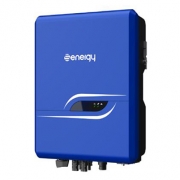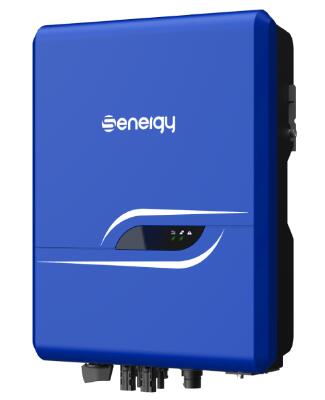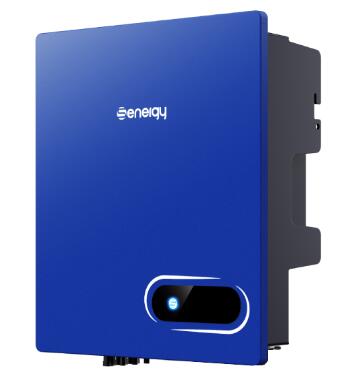Understanding the Lifespan of Residential Inverters
Residential inverters have become an essential component of modern-day households, particularly for those who rely on solar power systems. They convert direct current (DC) electricity generated by solar panels into alternating current (AC) electricity, which can be used to power appliances and electronics. However, like all electronic devices, residential inverters have a finite lifespan, and understanding how long they last is crucial for homeowners.
So, how long do residential inverters last? The answer is not straightforward and depends on several factors. The lifespan of an inverter is affected by its quality, usage, maintenance, and environmental conditions.
Quality
The quality of an inverter is a significant factor in determining its lifespan. High-quality inverters that are manufactured with robust components tend to last longer than low-quality inverters. Typically, high-end inverters come with a warranty of ten years or more, indicating their reliability and durability. On the other hand, cheaper inverters may have a shorter lifespan and often come with a shorter warranty period.
Usage
The frequency of usage and the amount of power drawn from the inverter also impact its lifespan. If an inverter is continuously running at maximum capacity, it may wear out faster than one that is used occasionally. It’s essential to choose an inverter that is appropriate for the energy requirements of the household. Oversized inverters tend to wear out faster and may lead to unnecessary energy losses.
Maintenance
Regular maintenance is crucial for ensuring the longevity of an inverter. Dust and debris accumulation can cause overheating, which can damage the components. Routine cleaning of the inverter and its surroundings can prevent this. Additionally, inspecting and tightening electrical connections, checking for signs of wear and tear, and monitoring the inverter’s performance can help identify potential problems before they become major issues.
Environmental conditions
The environment in which the inverter operates can also affect its lifespan. Extreme temperatures, high humidity, and exposure to direct sunlight can cause the components to degrade faster. Additionally, frequent power surges and voltage fluctuations can damage the inverter’s sensitive electronics. Installing surge protection devices and voltage stabilizers can help mitigate these risks.
In summary, the lifespan of residential inverters can vary significantly, depending on their quality, usage, maintenance, and environmental conditions. However, a well-maintained, high-quality inverter can last up to 20 years or more.
It’s important to note that the lifespan of the inverter is different from that of the solar panels. While solar panels have a longer lifespan of around 25-30 years, inverters generally need to be replaced at least once during the solar panel system’s lifetime.
In conclusion, homeowners must choose high-quality inverters that are appropriate for their energy requirements and maintain them regularly to ensure their longevity. By taking care of their inverters, homeowners can maximize their solar power system’s efficiency and reduce their energy bills while minimizing their carbon footprint. We are a residential inverter supplier. If you are interested in our products, please contact us now!






